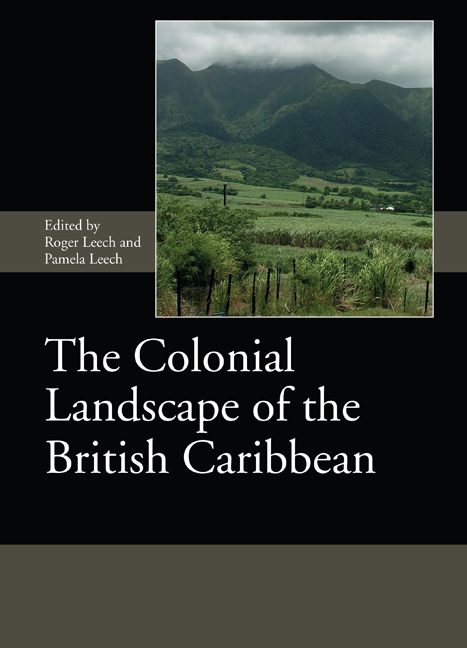8 - The St Kitts Scenic Train: Journey into an Island’s Heritage
Published online by Cambridge University Press: 31 March 2021
Summary
SUMMARY: 350 years after the first clearing of the forest to create a classic sugar cane landscape between sea-level and the 1000-foot contour, sugar production was threatened by more efficient, large-scale production elsewhere. The year 2005 was the island's last sugar crop. The sugar railway is now used by a modern scenic train, which offers passengers an unparalleled journey into one of the Caribbean's most important heritage landscapes. The film (46 minutes) follows the train's journey, with side trips to great houses, sugar mills, and Brimstone Hill Fortress; and uses historical maps and drawings to complement the contemporary filming.
St Kitts was the last remaining small-island sugar cane landscape in the Caribbean Islands, which is the focus of a documentary film, St Kitts Scenic Train: Journey into an Island's Heritage (this can be viewed on YouTube: https://youtu.be/eSnMRCk-AMk; see also Found 2014). Construction of the railway, which circles the main part of the island, in the early 20th century (and accompanying construction of a large, modern sugar factory in the capital, Basseterre) allowed the island's sugar producers to compete in a rapidly changing global sugar market. Now, 350 years after the first clearing of the forest to create a classic sugar cane landscape between sea-level and the 1000-foot contour, sugar production was once again threatened by more efficient, large-scale production elsewhere. At the time of the 2005 meeting it appeared likely, and then proved to be so, that 2005 was the island's last sugar crop. The sugar railway is now used by a modern scenic train, which offers passengers an unparalleled journey into one of the Caribbean's most important heritage landscapes. The film (46 minutes) follows the train's journey, with side trips to great houses, sugar mills, and Brimstone Hill Fortress; and uses historical maps and drawings to complement the contemporary filming. It presents a view of an historic landscape which is now lost forever, and provides links to many of the papers included in this volume.
BIBLIOGRAPHY
Found, William C. 2014, ‘The St Kitts Scenic Railway: A Journey into an Island's Heritage’, Chapter 17 in M. Conlin and G. Bird (eds), Railway Heritage and Tourism: Global Perspectives, London: Channel View Publications, 247–62.
- Type
- Chapter
- Information
- The Colonial Landscape of the British Caribbean , pp. 173 - 174Publisher: Boydell & BrewerPrint publication year: 2021



